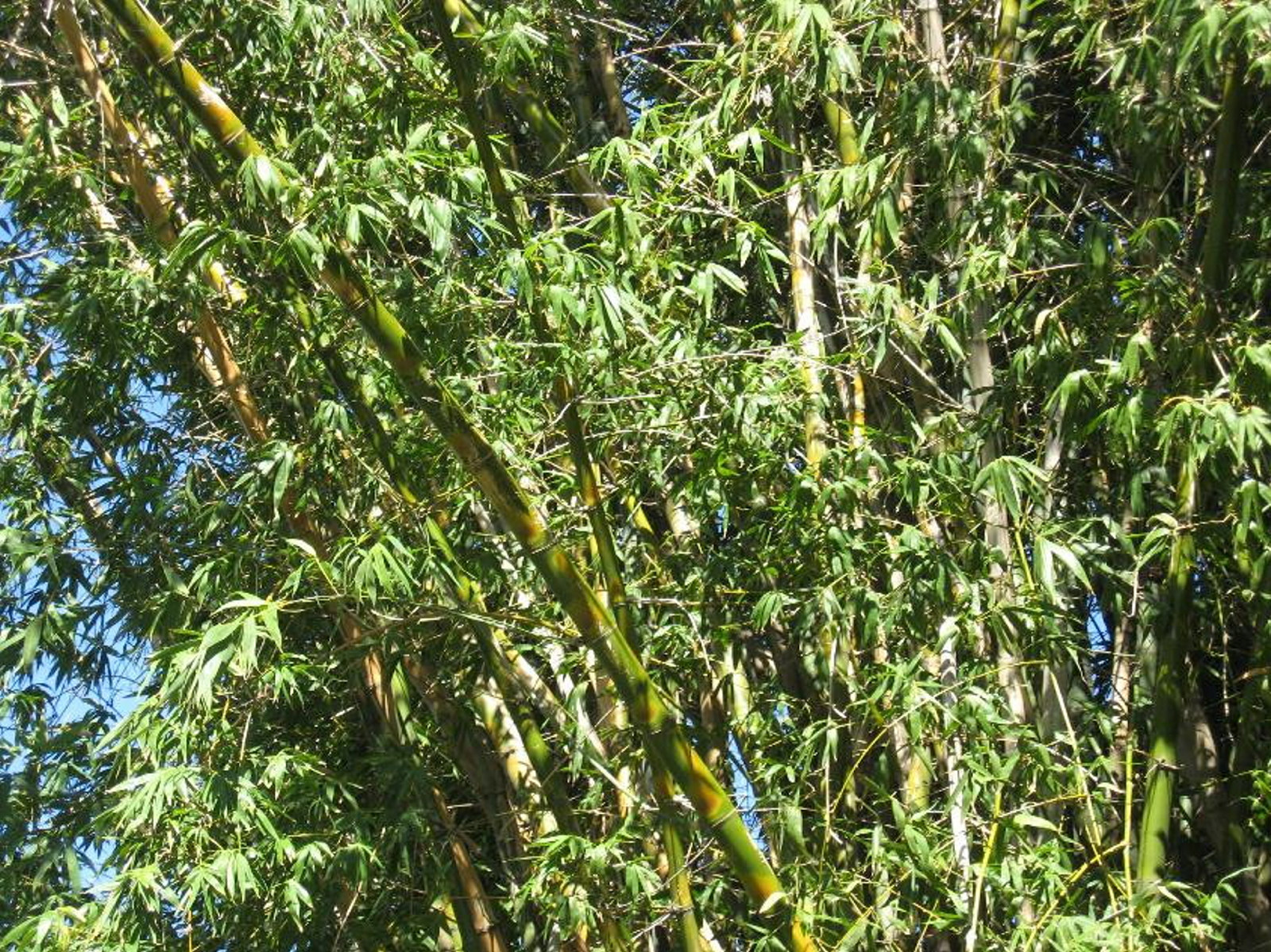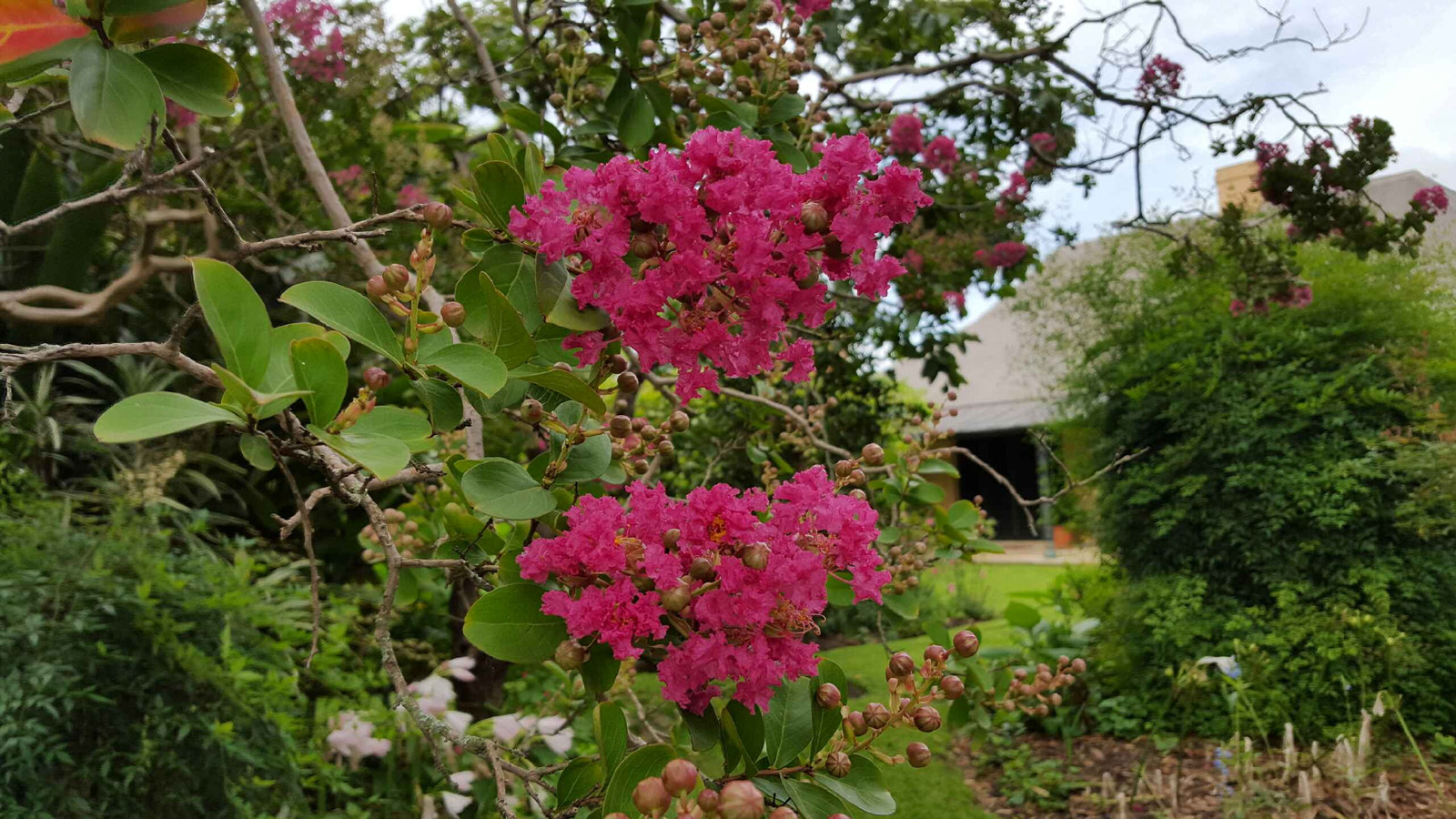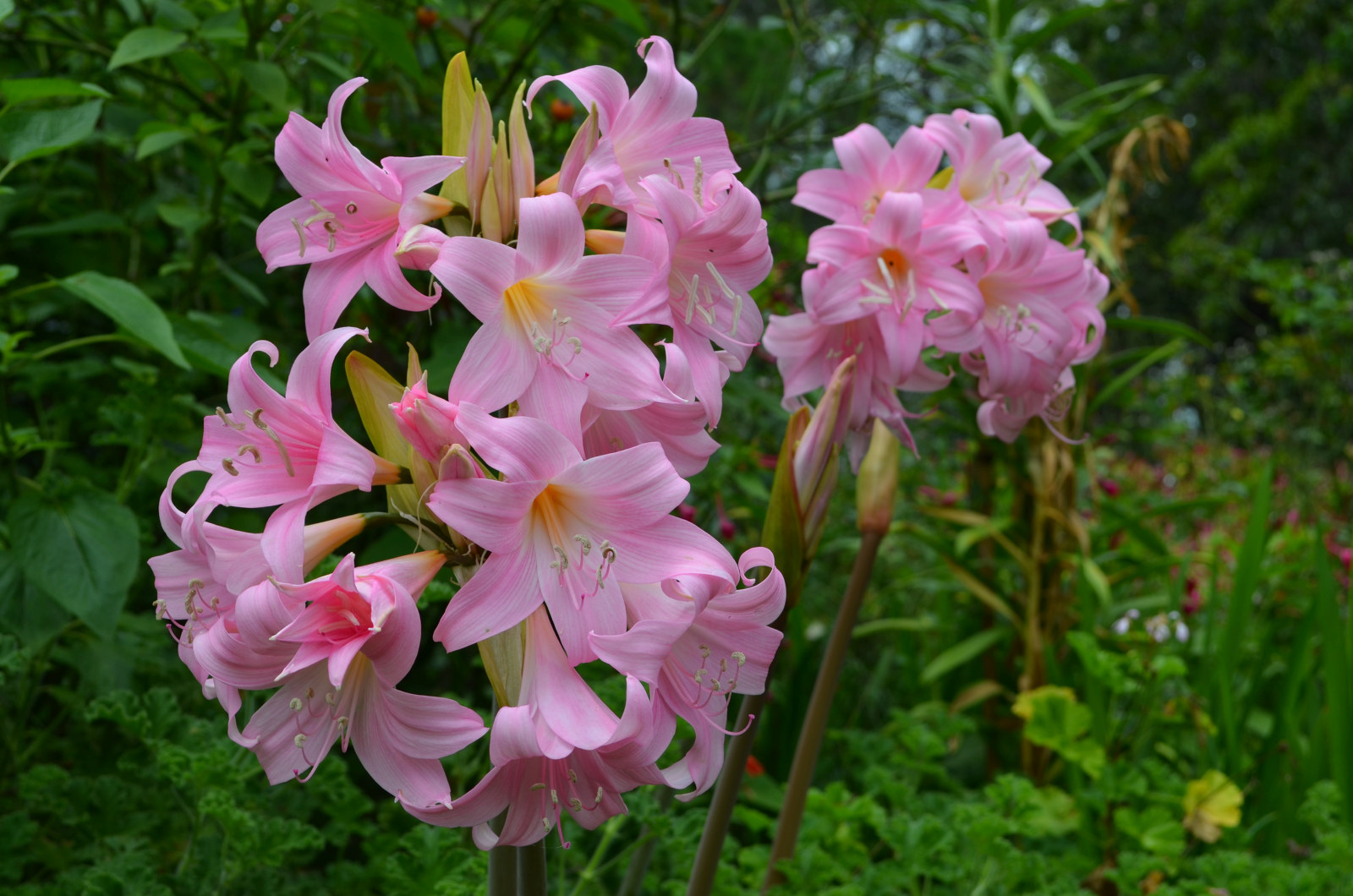Arthur Phillip’s gardener
Much has been written about our first Governor, Captain Arthur Phillip. A lot less is known about the other members of his household, which included his own personal French chef and his personal servant, Henry Dodd (1748-1791).
Henry Dodd, who had worked as a gardener on the Governor’s estate at Lyndhurst in Hampshire for over twenty years, accompanied his master on the HMS Sirius. He went on to play an important role in organising the farming at Farm Cove and Rose Hill.
From a knowledge of his occupation and a description by David Collins it can be assumed that he was of stocky build, for Collins said of him that 'his figure was calculated to make the idle and worthless shrink if he came near them.'1
Immense relief was probably the principal emotion felt by the passengers of the First Fleet ships as they sailed down our ‘noble and capacious harbour.’2 Governor Phillip had brought with him crops from home and also collected many exotic fruits and vegetables along the way, which it was thought would be better suited to a warm climate. What those on board were yet to discover was that the soil around the harbour is derived from highly erodable quartz sandstone which results in a sandy, stony, shallow and infertile soil.
Phillip Gidley King noted on 30 January, 1788 that the Governor was keen to start a garden as soon as possible. ‘A number of plants belonging to the Governor was landed and put in the ground’ next to the Governor’s temporary residence, a prefabricated canvas house (the site where the Government House would later be built, now the site of the Museum of Sydney). These included grape vines, quinces, oranges, olives, bananas and lemons.3 Those which survived the first year took 10 to 20 years to bear fruit.
By May 1788, the fledgling colony was experiencing severe food shortages. Henry Dodd had used convict labour in an attempt to establish a small grain farm at the current site of Sydney's Royal Botanic Gardens. The shortage of food in the colony was exacerbated by the failure of the wheat crop due to rats, poor soil and being planted out of season.
The first death of a convict from starvation, Charles Wilson, was recorded to have occurred in December, 1788.4 The colony’s survival depended on grain farming and broad-scale planting of wheat, oats, corn, maize and barley. This only became achievable when the rich dark loams at Rose Hill were discovered and cultivated under Henry Dodd’s dedicated supervision. This was the colony’s turning point.
The year after he founded the new Government farm, his garden produced a 26 pound (11-kilogram) cabbage, which he presented to the Governor for Christmas. He would have returned to England with Phillip, but his conscientiousness – which had saved the colony from starvation – in the end proved fatal for him.
His funeral was attended by all the free people and convicts from Rose Hill; these included some on whom perhaps a vague uneasiness may well have descended, for David Collins suggested that Dodd's death 'was accelerated by exposing himself in his shirt for three or four hours during the night, in search after some thieves who were plundering his garden'.
Notes
1. A.J. Gray. (1966). Dodd, Henry Edward. Published in Australian Dictionary of Biography Volume 1.
2. David Collins, An account of the English colony in NSW. T Cadell jun & W Davies (1798).
3. Barbara Cameron-Smith (1987). Starting from Scratch, Australia’s First Farm. Royal Botanic Gardens, Sydney.
4. Survival, Australia in the 1780’s. My place for Teachers website. Australian Children’s Television Foundation & Education Services Australia.
Major Source
Pembroke, Michael. (2013). Arthur Phillip, Sailor, Mercenary, Governor, Spy. Hardie Grant Books (Australia).
Published on
Related
Browse all
Plant your history
Beautiful bountiful bamboo
One of the most recognisable plants growing at Museums of History NSW today is bamboo. This colourful plant has a long history in colonial gardens

In the pink at Elizabeth Farm
Amid the late summer bounty in the garden at Elizabeth Farm, the crepe myrtle is the undoubted star of the show

Plant your history
Sumptuous cape bulbs light up late summer gardens
Belladonna Lilies and Crinum Lilies are tough bulbs that never say die and can survive years of neglect

Plant your history
Acanthus - an apt symbol for The Mint
Look at any classical building today, anywhere in the world and chances are you will find an acanthus leaf lurking somewhere